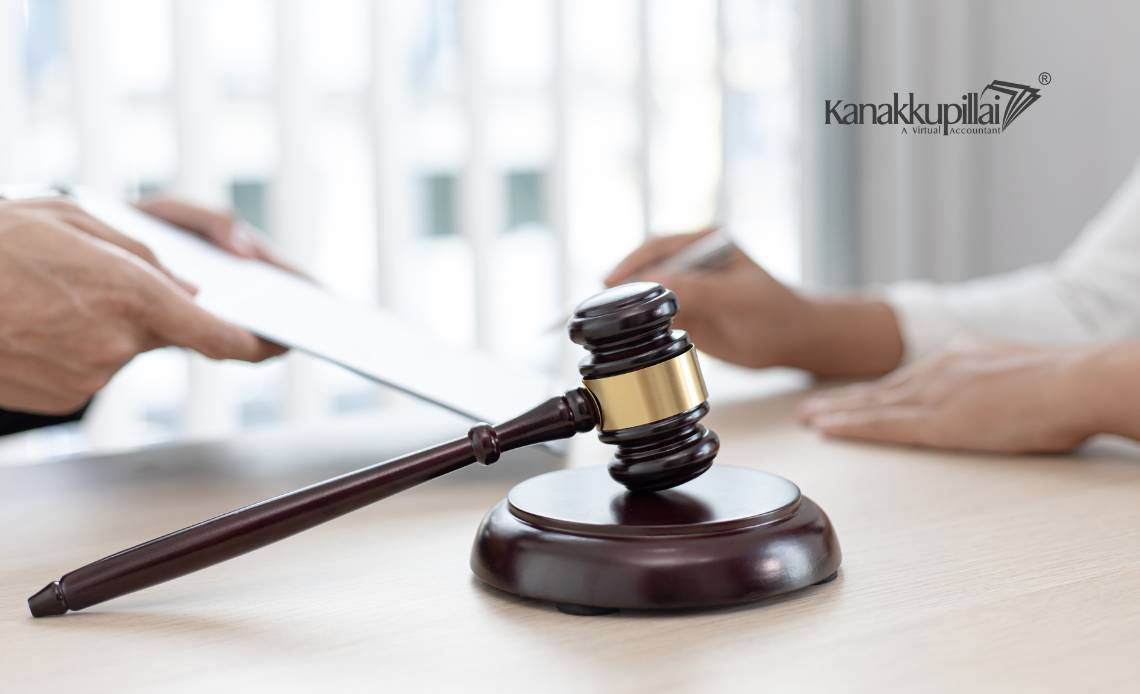Trademark litigation is a legal process that arises when disputes occur over the use, registration, or ownership of a trademark, where the infringement occurs against the trademark of the owner. A trademark is a recognizable sign, expression, shape, or design that identifies products, which is novel or unique, or services of a particular source and distinguishes them from those of other trademarks in the market to avoid confusion between two trademarks. Trademarks play an essential role in business branding and marketing, ensuring that consumers can identify and trust the origin of products and services so that the owner of the trademark gets the real value of its product.
When a dispute over a trademark arises, parties may seek legal remedies through litigation. Trademark litigation involves various element in resolving conflicts related to trademark infringement, dilution, counterfeiting, unfair competition and many other issues related to infringement of trademark. The legal process ensures that rightful owners of trademarks can protect their brand identity and market position.
This article will deal and discuss about the various the key aspects of trademark litigation, which also includes the legal framework, structure, types of disputes and elements, litigation process, and possible outcomes and many other uncovered aspects.
Understanding Trademarks
A trademark is a form of intellectual property that can consist of various elements like words, logos, symbols, slogans, colours, sounds, or any other relevant material. The main purpose of a trademark is to prevent consumer confusion by allowing businesses to uniquely identify their goods or services. In many jurisdictions, trademarks can be registered with government agencies like the United States Patent and Trademark Office (USPTO).
Types of Trademarks
- Word Marks: The category of word marks may consist of words, letters, numbers, or any sign or shape.
- Design Marks: Logos, symbols, and artistic elements used to represent a brand. (e.g., the Apple logo).
- Slogans: The specific phrases which are associated with a brand (e.g., “Just Do It”).
- Trade Dress: The total appearance of a product or packaging (e.g., the distinctive shape of a Coca-Cola bottle).
- Colour and Sound Marks: Unique colours or sounds that signify a brand (e.g., Tiffany Blue for jewellery packaging, the NBC chimes).
Trademark Disputes and Causes of Litigation
Trademark litigation takes place when a party believes that another party has used, sold, distributed, or disseminated a mark in a way that can create confusion, unfair competition, dilution, and cause infringement to the owner trademark that will cause damage to the owner. The most common causes of trademark litigation include:
1. Trademark Infringement
Trademark infringement happens when a party uses a mark that is identical or, due to confusion, similar to a registered trademark without permission. This can mislead consumers into believing that the infringing party’s goods or services are associated with the original trademark owner.
2. Trademark Dilution
Trademark dilution takes place when a well-known mark loses its uniqueness or novelty due to unauthorized or illegal use by another party, even if no confusion took place or no other harm has been caused to the owner. This can happen in two ways:
- Blurring: When a famous mark’s distinctiveness is weakened by unrelated uses (e.g., “Google” being used for a shoe brand).
- Tarnishment: When an association is created between a famous mark and something undesirable (e.g., using a luxury brand’s name for low-quality goods).
3. Trademark Counterfeiting
Counterfeiting involves the production and sale of fake goods bearing a registered trademark. This is a serious offense, often leading to criminal charges and significant legal penalties.
4. Unfair Competition
The unfair competition took place when a particular business engages or involves into a deceptive or false practices that harm or damage to a competitor business which is very harmful practice for the market as well. This may also include false advertising, products as those of another company, and misrepresenting a trademark’s origin, so it is again a market practice as well.
Trademark Litigation Process
1. Pre-Litigation Actions
- Cease and Desist Letter: The formal letter demanding that the infringing party stop using the trademark.
- Opposition Proceedings: If a trademark application is pending, the owner may file an opposition with the trademark office.
2. Filing a Trademark Lawsuit
If the process of pre-litigation efforts fails, then the trademark owner can file a suit in a court of law within the jurisdiction over the matter or dispute has arisen.
- A complaint outlining the claims of infringement, dilution, or unfair competition.
- A request for remedies such as injunctive relief, damages, or the seizure of counterfeit goods.
3. Defendant’s Response
The accused party which is the defendant, may respond through the certain elements:
- Denying the allegations of the plaintiff has imposed.
- Filing a counterclaim to challenge the validity of the plaintiff’s trademark.
- Asserting defences such as fair use, lack of consumer confusion, or prior use of the mark.
4. Discovery Phase
Both parties can exchange evidence, documents, and witness testimonies between them to support their claims, respectively.
- Depositions will include interviews under oath.
- Expert analysis on issues of trademark confusion and dispute.
- Examination of marketing and sales records.
5. Trial and Judgment
If the case goes to trial, then the both sides will have to present their arguments before a judge or jury. So, that the court then determines whether infringement occurred and decides on appropriate legal remedies as per the allegation and the claims of the parties.
Possible Outcomes of Trademark Litigation
- Injunctive Relief: The court order requiring the defendant to stop using the infringing trademark.
- Monetary Damages: Compensation for losses which have been suffered by the defendant due to infringement.
- Destruction of Infringing Goods: A court order requiring the destruction of counterfeit or infringing products.
- Attorney’s Fees and Costs: In some cases, the winning party may be awarded legal costs.
Defences in Trademark Litigation
- Fair Use: The use of the trademark descriptively rather than as a brand identifier and not in the knowledge of the defendant.
- Non-Confusion: Arguing that consumers are unlikely to be misled.
- Genericness: Claiming that the trademark has become generic and is no longer protectable.
- Lack of Trademark Use: Arguing that the plaintiff has abandoned the trademark.
Conclusion
Trademark litigation plays an essential role in protecting and safeguarding brand identity and consumer trust. Business organisations must be proactive and very much cautious in safeguarding their brands through trademark registration, monitoring, enforcement actions and other safety reremedies for the protection of their trademark infringement. Understanding the litigation process helps both trademark owners and accused parties navigate legal disputes effectively.
In an era where branding is a key competitive advantage, businesses should seek legal counsel to prevent and address trademark conflicts. Whether it is through the litigation or alternative dispute resolution methods, protecting a trademark is essential for maintaining market integrity and business success, so it is very essential to understand the regulations and the remedy which could be claim by the plaintiff against the defendant for an infringement.





